They shall not grow old, as we that are left grow old:
Age shall not weary them, nor the years condemn.
At the going down of the sun, and in the morning,
We will remember them.
I don’t remember my first Anzac day, or when I first heard the word Gallipoli. Growing up in New Zealand means that it’s a part of my social consciousness. Thinking of Anzac Day conjures memories of soldiers marching in the dark, gun salutes scaring birds out of trees, and solemn words of remembrance, all to a backdrop of sky fading from black to blue.
Maybe I learnt more about the Gallipoli campaign at school and forgot the details, but it took coming to Turkey for me to really learn and understand what happened there and how it has shaped our country.
Visiting Gallipoli and Turkey while living in the UK is a trip a lot of Kiwis and Aussies make, but it was something more than just ticking a box to me. I felt a strong desire to go somewhere on the other side of the world that New Zealand has sustained a connection to for now over 100 years. A battleground where some say our country was really born.
2014 was the 99th anniversary of the landing at Gallipoli, and with the limited places at 100th anniversary looming, I decided to make the journey to Turkey and Gallipoli as a most likely once in a lifetime opportunity. From 1934 Kiwis and Aussies have been travelling to the battlefields of Gallipoli for remembrance on Anzac Day, with those first returnees addressed by Kemal Ataturk himself, who fought at Gallipoli, went on to lead Turkey to independence and became known as the “Father of Turkey”. In 1990, the 75th anniversary of the Gallipoli landing, Government officials from New Zealand and Australia began travelling to the site for services, that have continued ever since.
So what is Gallipoli and Anzac Day?
When we talk about Gallipoli, it’s interesting that the landing is the part most talked about, and yet it is what followed that really defined this campaign and shaped our national history. Try and explain Anzac Day to someone who’s never heard of it, and it goes something like “The day in 1915 that Australians and New Zealanders landed at the beach in Gallipoli, Turkey, at dawn and lots of people died. Now we have dawn services on the 25th of April every year to remember it.” In reality, Gallopoli is a campaign that started well before that fateful dawn and for 8 months after the day of those beach landings, saw trench warfare in horrific conditions and with severe loss of life.
New Zealand had a population of just over 1 million in 1915, and 2779 New Zealanders never returned from Gallipoli, with many returning injured. While it’s not the biggest loss we had in World War I, it was early on in the war and therefore one of the first times New Zealand represented itself on an international stage, and paid for it. More than half of the Kiwi soldiers who fought in WWI never returned. Gallipoli was a trench battle fought through harsh heat, freezing cold and a lot of disease. Now, it forms the foundation of the remembrance of all those New Zealanders who have fought for our country.
How did the Gallipoli campaign start?
Gallipoli was a campaign fought by the British Empire, with Australians, New Zealanders and Canadians on their side, and Turkey on the other. Turkey found themselves shunted into WWI when they were given ships by Germany to replace those confiscated by the Allies at the outbreak of the war. The Dardanelles Straight, a stretch of water that could be used to send Allied supplies through to Russia, was closed and mined.
The Gallipoli campaign, the idea of Winston Churchill, occurred because the Allies wanted to break through the Dardanelles Straight, to capture Constantinople (now Istanbul) in order to secure the direct line to Russia for supplies and to attack the Central Powers from another angle.
The land campaign the Anzac’s fought was the second attempt after a failed naval operation in March 1915 which resulted in three battleships being sunk, another damaged, and the British and French fleet suffering over 700 casualties.
Why were Australia and New Zealand involved in the Gallipoli campaign?
Australian and New Zealand troops were in Egypt around the time of the naval campaign, training to be sent to the Western Front. Instead, the troops were combined to make the Australian and New Zealand Army Corps in preparation for the Gallipoli campaign, and so was the birth of ANZAC. The goal of the troops was to cut across the Gallipoli peninsula and secure it so that naval ships could advance through the Dardanelles to Constantinople unopposed from the shore.
What happened on Anzac Day?
On the morning of the 25th April 1915 the British troops landed further south at Helles, and never made a strong advance, but the ANZAC troops came ashore at what is now known as Anzac Cove, a mistake what meant they faced almost sheer cliffs and gullies. Just before dawn on a still and windless morning, Australian troops crept onto the shores. The Turkish snipers began to respond around 4.30am. Under fire, the troops started to fight their way up the steep hills using their bayonets and grabbing bushes to get up the rugged terrain, digging in not far from the shore and no where near reaching their objectives. The New Zealanders began to come ashore at 10.45am, under the same conditions.
The Turkish soldiers attempted to stop the advance of the troops, but then withdrew back over some of the ridges. The Turkish 57th Infantry Regiment ran out of ammunition at this time, and were told by their Lieutenant-Colonel, Mustafa Kemal, “I do not expect you to attack, I order you to die! In the time which passes until we die, other troops and commanders can take our place!”. There is no longer a 57th Regiment in the Turkish Army as a sign of respect, as every man was either killed or wounded that day.
This was just the beginning of the extreme casaulties that resulted from this campaign. That night there was doubt on the ANZAC side as to whether the offensive should continue, but the troops were told to “dig yourselves right in and stick it out… dig, dig, dig until you are safe.” And so they dug. For 8 long months through horrid conditions and battles they dug into those hills, until their evacuation in December, which occurred with no loss of life and so is now deemed the most successful part of the campaign.
Visiting Anzac Cove, Gallipoli
The first Anzac Day was on the 25th April 1916, one year after those first shore landings. It was declared a half day holiday in New Zealand, troops marched through London that day, and services were held across Australia and New Zealand.
99 years after the Gallipoli landing, and 98 years after the first commerative day, I found myself at Anzac Cove in Turkey.
Getting to Gallipoli
Getting to Gallipoli and Anzac Cove in one day from Istanbul can be done, but it’s a long trip and a quicker tour through the peninsula. Another option is to stay at Canukkale and take the ferry to Gallipoli. From there you can explore the Gallipoli peninsula over a few days rather than trying to fit it all into one. You will either need a rental car or to have someone take you on a tour, since there is a lot to cover!
Like many other Kiwis and Aussies, I took a tour to Gallipoli for the Anzac Day dawn service. I chose a Travel Talk 8 day tour that started and ended in Istanbul. My tour went around Turkey for 5 days before we travelled to Gallipoli, although there are plenty of other tours that will bring you straight from Istanbul to Gallipoli for Anzac Day. I loved my tour and would highly recommend it to anyone who wants to visit Turkey and Gallipoli. Having the time to travel Turkey before the tour meant we received plenty of information from our very knowledgeable guide, and the difficulty of getting to the Anzac Peninsula was taken away. The best part of the 8 day tour was the chance to return the day after Anzac Day, to visit all of the sites without the crowds.
When to visit Gallipoli
There is no best time of year to visit Gallipoli, because making it at all is an experience. If you have the chance to go I wouldn’t let the season put you off, you just have to be prepared.
In Spring, particularly April of course, you can expect there to be a lot more people, especially on the weekends. Turkey hold their own commemorations around the 18th of March so it can be very busy then also.
From June to September the temperatures will be high, which isn’t so bad if you’re driving around in a car, but if you want to do some extended walks you’ll need to be prepared. August is the anniversary of some of the major battles, meaning it is starting to become a more popular time to visit as well.
Autumn is a good time for walkers to visit, especially in the other parts of the Peninsula where crops will have been harvested. There is also less rain than spring.
November to February means colder temperatures, sometimes down to freezing as it was in 1915, but again, just be prepared!
Staying overnight in Anzac Cove for the dawn service
When we arrived at the Gallipoli Peninsula with Travel Talk Tours on the 24th of April we entered the park and waited in an initial meeting area. Although we were there for a solemn event, initially it felt like a school camp or festival as we lazed on the beach in the sun and played card games under the trees. Each bus had been given a number according to our arrival, and as we were called we walked to the next marshalling area, just before the security point into Anzac Cove.
After clearing security, once again in number order, we raced to secure a spot on the grass of Anzac Cove to sleep for the night. Getting an area on the grass is vital if you want to catch even a few hours of sleep, as you can lie down. If you don’t end up with a space there you need to sit in the stands for the night, which means little or no sleep. I managed to be with a decent group of friends and chucked out a ground sheet and unrolled my sleeping bag to secure my spot. I highly recommend purchasing a big tarp to take in to give you ground cover as well as claim a spot!
Visiting Gallipoli and Anzac Cove for Anzac Day comes with a completely different atmosphere than if yo visited at another time. usually you would enter this area with more feeling for what took place there, but instead it slowly sunk in over the night, as we waited for the dawn ceremony to begin. With 12 hours to go until the dawn ceremony there was just time to eat some of the food I brought in, speak to others around us and then settle in for the night.
There were screens either side of the area we were lying in through the night there were bands playing, and great documentaries and speakers. In some ways this was great because it was something to do if you weren’t sleeping, and all of the things they played were so interesting, but at the same time it made it harder to sleep if you wanted to. I managed around 3-4 hours, but I imagine many of the soldiers didn’t sleep the night before the Anzac Campaign started either.
Anzac Day Ceremony at Anzac Cove, Turkey
At around 4am the screens started to play some clips from the dawn ceremonies at home, in preparation for the dawn ceremony at Anzac Cove. Only Auckland was shown from New Zealand, with the rest of the cities being Australian, but the glimpse of a national day at home was enough to bring on some homesickness.
Everyone started waking up and making their way to different spots for the ceremony. I went with a few others to stand along the ledge at the back of the front part of the ceremony area. There was plenty of room further down on the field, once everyone was standing. Just before the ceremony the epitaphs of fallen soldiers played on the screen, and thousands of people fell silent as the messages from families about their loved ones flashed before us. You seriously could have heard a pin drop. As the epitaphs came to a close a shooting star shot across the sky and the ceremony began, like something out of a movie.
During the ceremony the sky slowly lightened behind us, over the hills of Gallipoli. A crescent moon could be seen next to what Australian and New Zealanders dubbed “The Sphinx”, a part of the cliffs that resembled the monument they had trained near in Egypt. The crescent moon and a single star are on the Turkish flag, created after the battle at Gallipoli, in a strange kind of coincidence.
The ceremony itself was just like at home, with the same remembrance words, hymns and speakers, yet it was entirely different as we faced the very ocean and shore where our countrymen had come to fight and faced so much.
Each country holds another ceremony later in the morning at the site of two major battles of the August Offensive. Various battles occured over the months between the April Anzac Cove landings and the evacuation in December, with no side really making great advances. The August Offensive would be the last attempt by the Allies to satisfy the objectives of the Gallipoli Campaign. It was an attempt to take the highest hills on this part of peninsula to give the Allies the advantage and could have changed the course of the campaign, however it was not to be.
After the dawn ceremony we walked with the Australians up a steep dirt track, through an area our soldiers would have scrambled through scrub and dust, under fire from above. After 20 minutes of uphill slog we reached Lone Pine. The Kiwi’s continued on to Chunuk Bair, another 45 minutes along, past trenches and battlefields turned into cemeteries.
Visiting the site of the Battle of Lone Pine
Lone Pine was a battle in the August Offensive led by the Australians to create a diversion for attacks further up the hills, including the assault on Chunuk Bair by the New Zealanders. While the battle was a tactical success in terms of capturing the ground and Turkish trenches that had been their goal, nearly half of the Australian troops who had started the battle became casualties, over 2000 by the end of the 3 days of bombing and hand to hand fighting. When it was finally over the dead littered the bottom of the trenches and nearby areas dug out by the Turks. Seven of Australia’s Victoria Cross recipients fought in this battle.
The Battle of the Nek, Gallipoli – The ultimate lesson in a senseless loss
After passing Lone Pine we continued walking up the hills towards Chunuk Bair, the site of the New Zealand ceremony. Most of the headstones in the cemeteries on the way are symbolic, as the soldiers are not actually buried there but could be anywhere on the peninsula. The conditions at Anzac were so bad that soldiers were even buried in the walls of trenches. One of the places we passed was the Nek, a fight I still find hard to comprehend.
The Battle of the Nek is the one portrayed in the film “Gallipoli” which stars Mel Gibson, albeit not in an exactly historically accurate manner. In my opinion the battle of the Nek sums up the tragedy and heartbreak, but courageousness of the entire campaign.
On August 7, the day after the battle for Lone Pine, the battle over the piece of thin land known as the Nek was supposed to happen at the same time as the New Zealanders attempt for Chunuk Bair, a strategic point from which you can see coast to coast. It started with navy bombings from the coast and the regiments were then supposed to advance across the small space, only 80 metres, four waves of 150 men each.
The soldiers at the Nek were meant to be backed up by soldiers who had secured the Chunuk Bair summit coming down from the hills behind the Turks, as well as have the advantage of the Turks leaving the trenches during the naval attack. Even before the battle commenced they knew the troops attacking Chunuk Bair were still trying to secure the top, but the attack across the Nek proceeded anyway, in an attempt to help those troops reach their objective.
The most crucial failure came when the naval attacks stopped at 4.23am, rather than 4.30am, due to neglecting to sychronise watches beforehand. This meant the Australians didn’t know whether to go ahead with the waves of troops or whether further bombardments were to occur before 4.30am. During this pause the Turks returned to their trenches and were able to prepare for the battle, which they now knew was coming.
The first wave of men to be sent over the sandbags, from the 8th Light Horse Regiment led by their commander, were immediately gunned down in a hail of machine gun fire. In what seems unbelievable, the men had no bullets in their guns, as they were expected to have been able to advance far enough to use their bayonets. Incredibly, signals flags showed some had reached the opposite trenches, but they were soon torn down.
And here is where the ultimate tragedy unfolded. Instead of halting the onslaught, two minutes later the second wave of men went, also to be gunned down. The commander of the 10th Light Horse Regiment, whose troops were lined up to go in the third wave, apparently tried to have it cancelled claiming “the whole thing was nothing but bloody murder”, but to no avail, and so a third wave of men went over the top of the trenches. Many of these soldiers immediately dived for cover, having complied with their orders to attack but knowing it was futile.
In the indecision about calling off the fourth wave, around 75 men still went over. Many of the men at the Nek knew they would surely die, and last letters were hastily written in the trench. Of the 600 men involved in the attack, there were 243 casualties, from the 300 of the 8th Light Horse Regiment, including 154 killed, and 80 killed from the 8th Light Horse Regiment, plus 58 wounded. All in mere minutes.
The ultimate tragedy being no ground was captured, and no enemy soldiers killed. So what was it all for? Being unable to capture the area of the Nek meant the bodies of the dead could not be recovered and when the Commonwealth burial parties arrived in 1919 they found the small patch of the ground, roughly the size of three tennis courts, still covered by the bones of the Australian soldiers.
Visiting the site of the Battle of Chunuk Bair
The Nek occurred as a diversion for the ultimate goal of reaching the Chunuk Bair summit. The already understrength New Zealand troops had to overpower 4 outposts before they could even made an attempt on the summit and in doing so they were successful, but delayed. The chance for a quick victory and less casualties was lost, but they were ordered to proceed with the offensive anyway. After heavy casualties the New Zealanders, backed up by British and Welsh battalions, managed to reach the peak at 3am on August 8.
Unfortunately the peak of Chunuk Bair offered little in the way of cover due to the rocky ground and the positions of the Turks on nearby hills, who could also get extremely close to the summit before they were seen. The Turks began had already begun counter-attacking at 5am on August 8 and the battle continued all day, until the trenches were full of dead New Zealanders who were not reinforced fast enough in their precarious position.
The first New Zealander to receive a Victoria Cross in WWI, Cyril Basset, received it in the battle for Chunk Bair by repairing phone lines under fire. On the evening of August 8 the Wellington troops were relieved, having suffered 711 casualties out of the 760 men who reached the summit, some of whom took 3 days to be evacuated to the beaches only 1 kilometre away.
The summit was lost on August 10, when Mustafa Kemal himself led an overwhelming counter-attack that resulted in huge casualties. This marked the end of the attempts on the summit. New front lines had been formed where small fighting occurred until the evacuation in December, but no further major advances were planned.
The New Zealand Anzac Day Ceremony at Chunuk Bair, Gallipoli
When we reached the summit of Chunk Bair via walking the road, a much easier journey than our soldiers would have had, we entered the area for the New Zealand Ceremony. I felt energised after walking but as soon as we stopped the lack of sleep started to hit me. The Chunuk Bair ceremony is a little later in the morning, around 11am, to allow officials to attend the Lone Pine ceremony and then come to this one. Unfortunately there were a few nodding heads during the ceremony, including mine!
The ceremony area is fairly small, but screens and speakers are on the hills surrounding the summit. The Governor General of New Zealand was there and gave a formal speech, but the best part of the ceremony for me was when it was supposed to end, and he got up to speak again. He said he just wanted to say how special it was that we had all travelled so far to be there, and that as we walked from Anzac Cove to Chunuk Bair we were tracing in the footsteps and walking past the graves of our men, who fought so hard for our country. They were young people like us who wanted to see the world, and in the end many sacrificed their lives so that we are able to do just that today. It was extremely poignant, and I’m not sure there were many dry eyes afterwards.
What Anzac Day means to New Zealand, Australia, and Turkey
Gallipoli is a symbol to three nations, New Zealand, Australia and Turkey and it affected our countries in different ways. Our guide called it “a noble battle”, because between fighting the soldiers exchanged chocolate and cigarettes and even played football. In all of the hype, it can be easy to forget these were just young men, mostly much younger than me. The headstones showed an average age around 19-22, with some as young as 17. Some of them probably had the same desire as me to see the world, and this was their ticket, others wanted to fight for King and country. It is difficult to think of the lives they could have gone on to lead instead. Each side was fighting for a purpose, but not because they hated each other.
For Turkey, Gallipoli is important because Mustafa Kemal established himself central commander in the defence of the Gallipoli Peninsula and from this he went on to lead the Turkish War of Independence. He became the Republic of Turkey’s first President and was honoured with the name Ataturk – Father of the Turks.
From Gallipoli, New Zealanders and Australians came to feel they were distinct nations in their own right. Despite fighting on the other side of the world, or maybe because it was the other side of the world, we began to realise that we were important on an international stage. We had moved on from simply being colonies, to having formed our own identifies, and this first foray into military conflict as our own countries showed it. It set the foundation of the ideals and characteristics of our countries – endurance, courageousness, ingenuity and “mateship”. We became conscious of our achievements, separate to those of the British.
How it feels to visit Gallipoli as a Kiwi
Visiting Gallipoli for Anzac Day as a Kiwi was a day of very mixed emotions. There was almost an excitement at being in Gallipoli, a place I’ve known of for so long, but awareness of the significance of the area as a whole and what it means for New Zealanders and Australians. Importantly, a strong sense of brotherhood with Australia, and the idea that our experiences were shared, permeated the whole day, something that isn’t exactly always felt elsewhere. Then there was the sadness that we were at a place where any of this had to occur at all.
I find it hard to describe what it meant to go to Anzac Day at Gallipoli and how it felt. I’m not sure there is enough education about the campaign as a whole at home, and what it meant for us. I feel like I didn’t learn enough of the details of what happened, as we can become caught up in remembrance and words like “courage” and “bravery”, without fully understanding what really happened.
Being in a place on the other side of the world where so many of my countrymen had come to, and either died or were probably deeply affected by for the rest of their lives was very moving, and at times overwhelming. Most importantly the attitude of the Turks, in their accepting us all in this space where they lost so many more of their own really showed how the war was not fought from hatred, but instead from hope and ideals for something better on each side.
To learn about this battle is to never want something like it to be repeated again. If you’re a Kiwi or Aussie thinking of visiting Gallipoli for Anzac Day or any other time of year, I can only think it’s something you should really make an effort to do, because you can’t truly understand until you see it for yourself.
I’ll leave this with the words of Mustafa Kemal Ataturk, written as a tribute to Anzac troops in 1934:
Those heroes that shed their blood and lost their lives, you are now lying in the soil of a friendly country.
Therefore rest in peace.
There is no difference between the Johnnies and the Mehmets to us where they lie side by side now in this country of ours.
You, the mothers who sent their sons from far away countries, wipe your tears; your sons are now lying in our bosom and are in peace.
After having lost their lives on this land they have become our sons as well.
Sonja x
Have you been to Gallipoli, or is it somewhere you want to go? Check out Travel Talk Tours for awesome discounts on Turkey and Gallipoli tours throughout the year as well!
Please pin this post to share more about Anzac Day!
Disclaimer: This post contains some affiliate links which help pay the bills at no extra cost to you. All opinions are as always, my own.

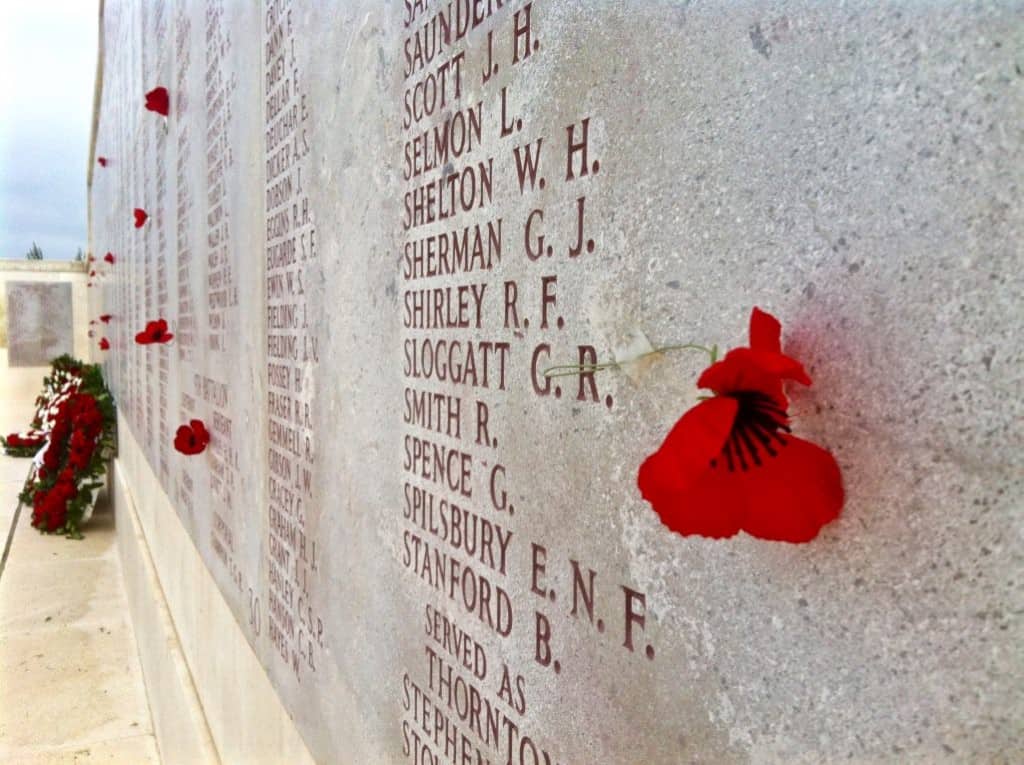
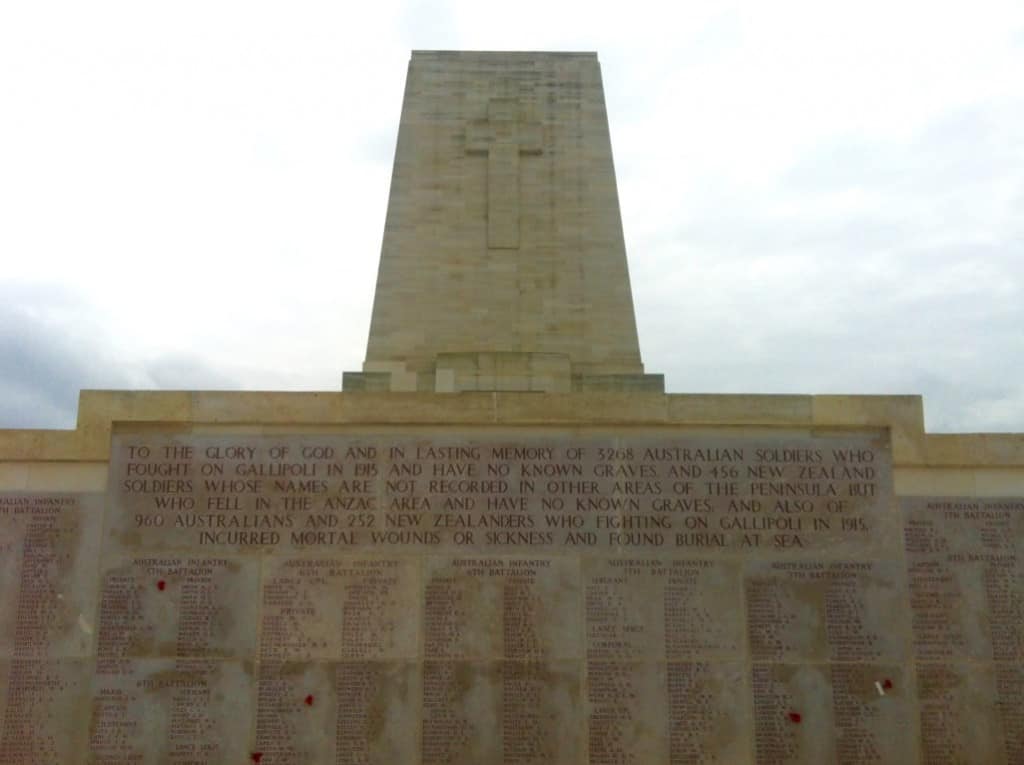
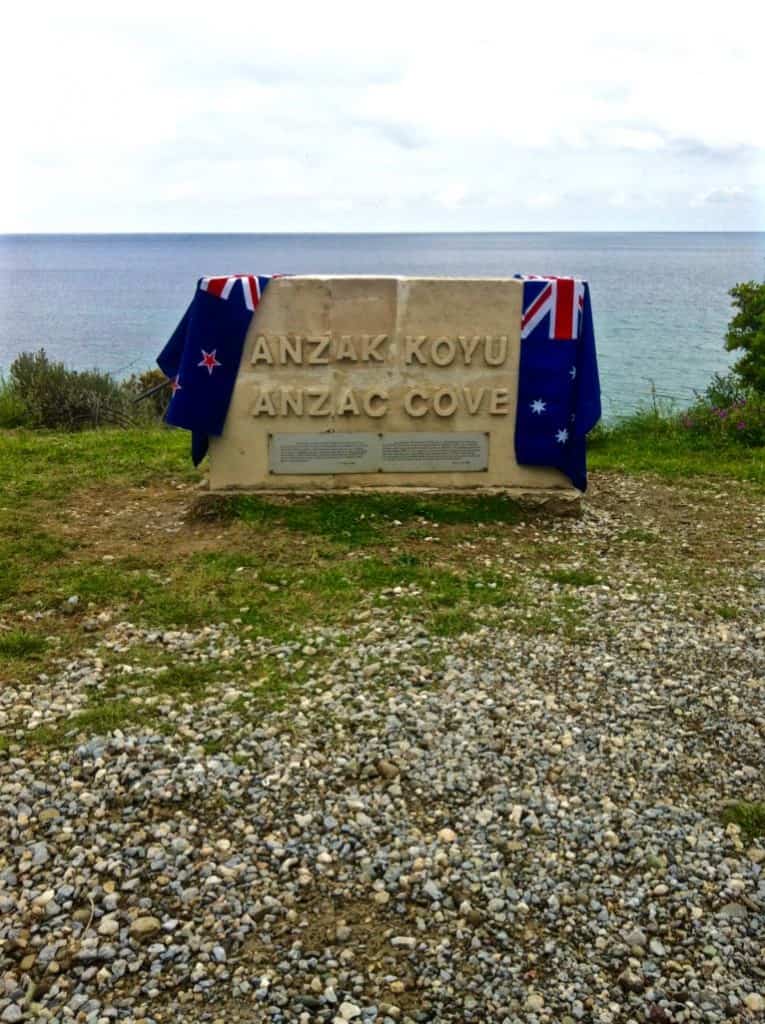
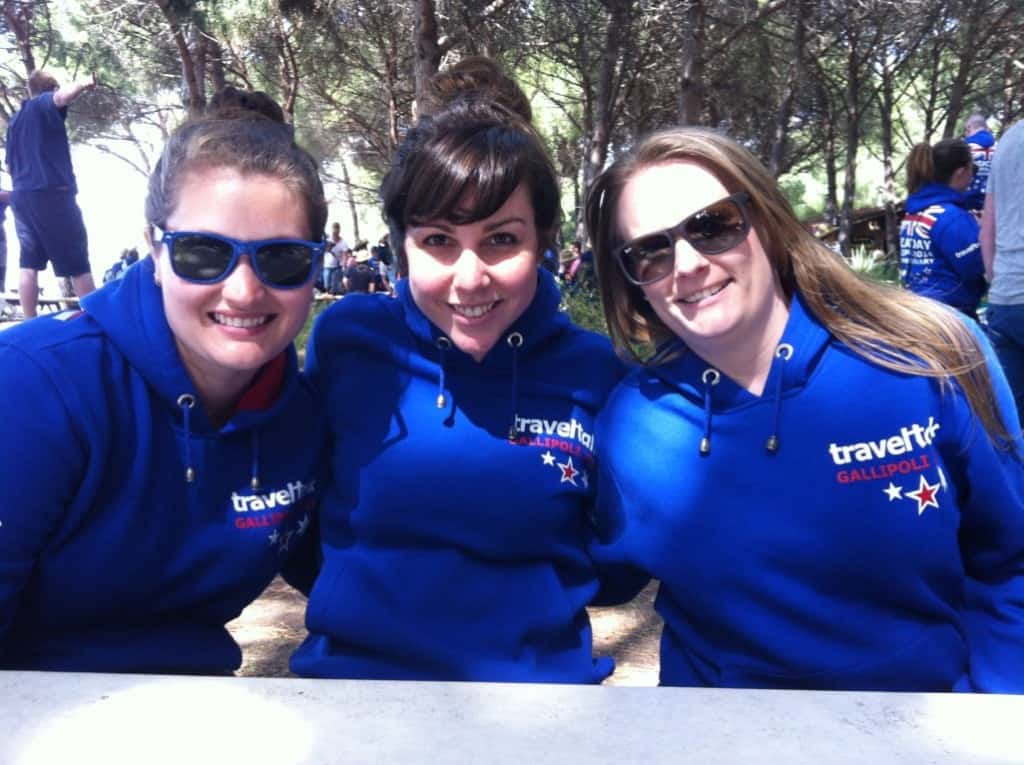
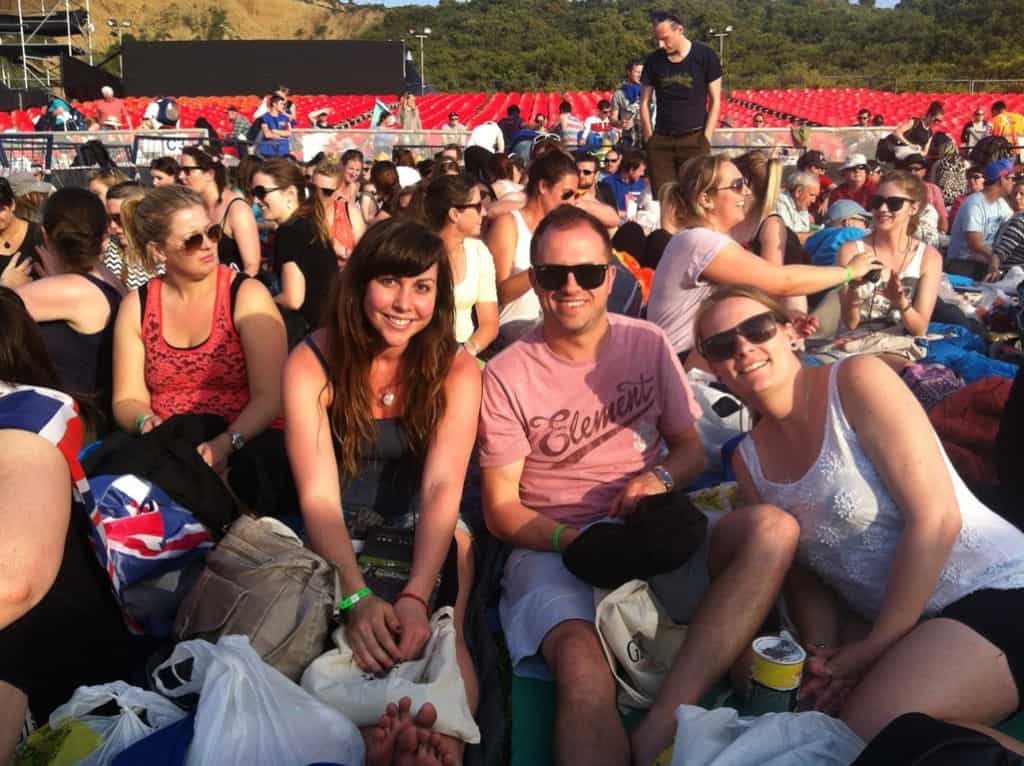
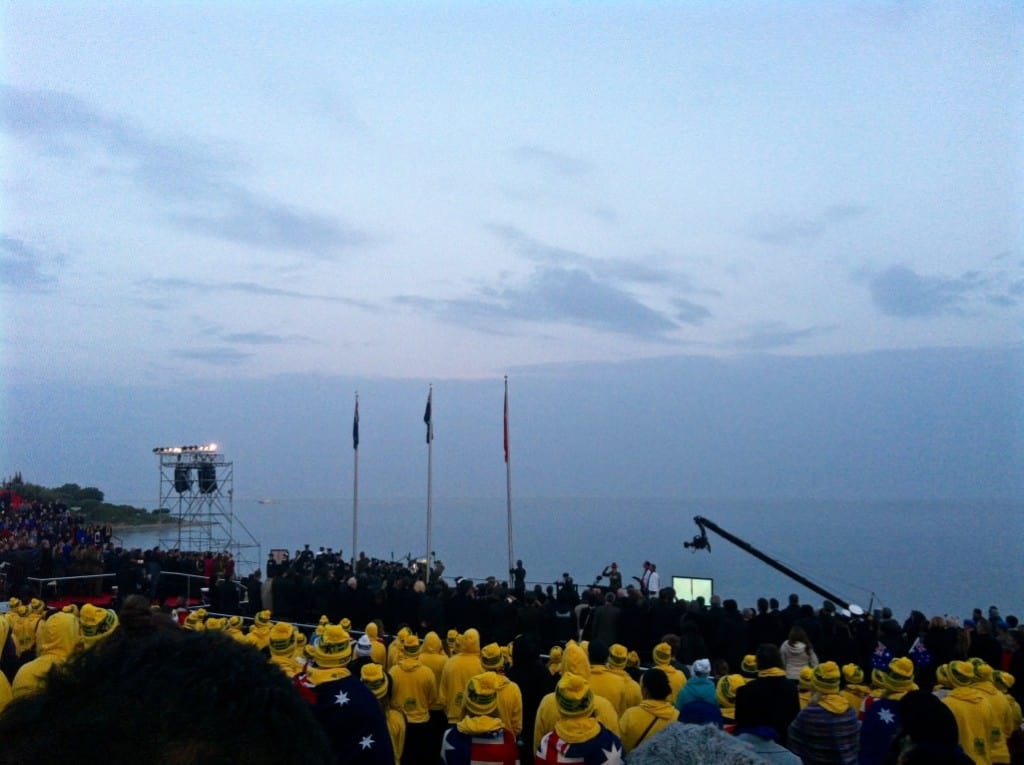
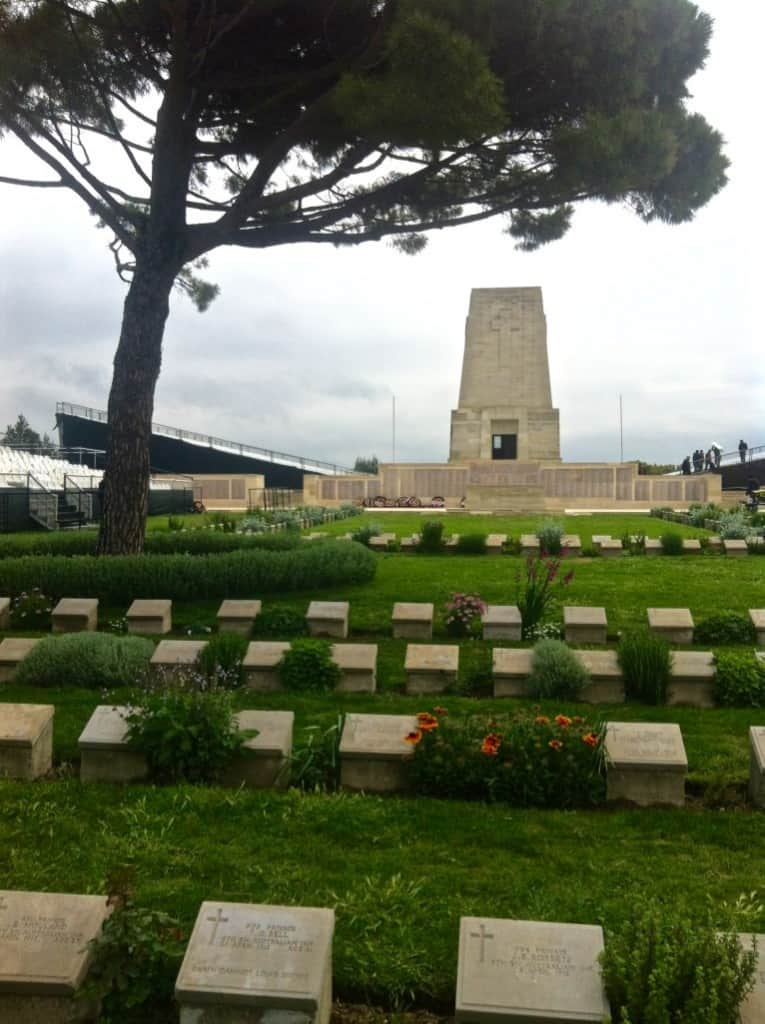
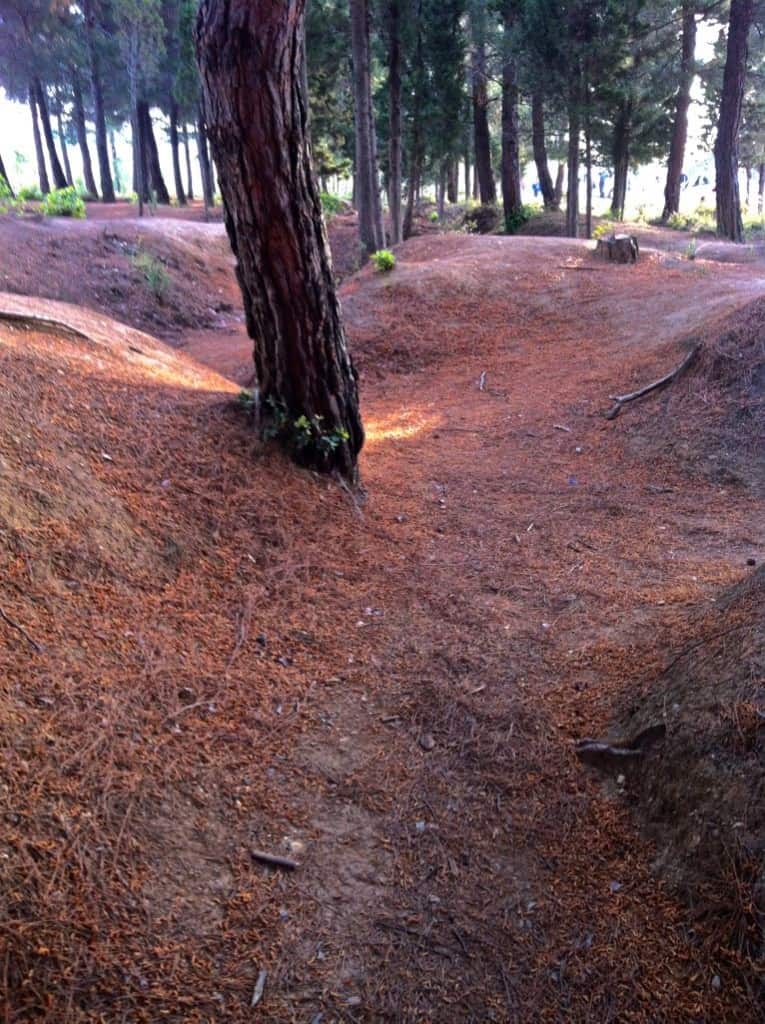
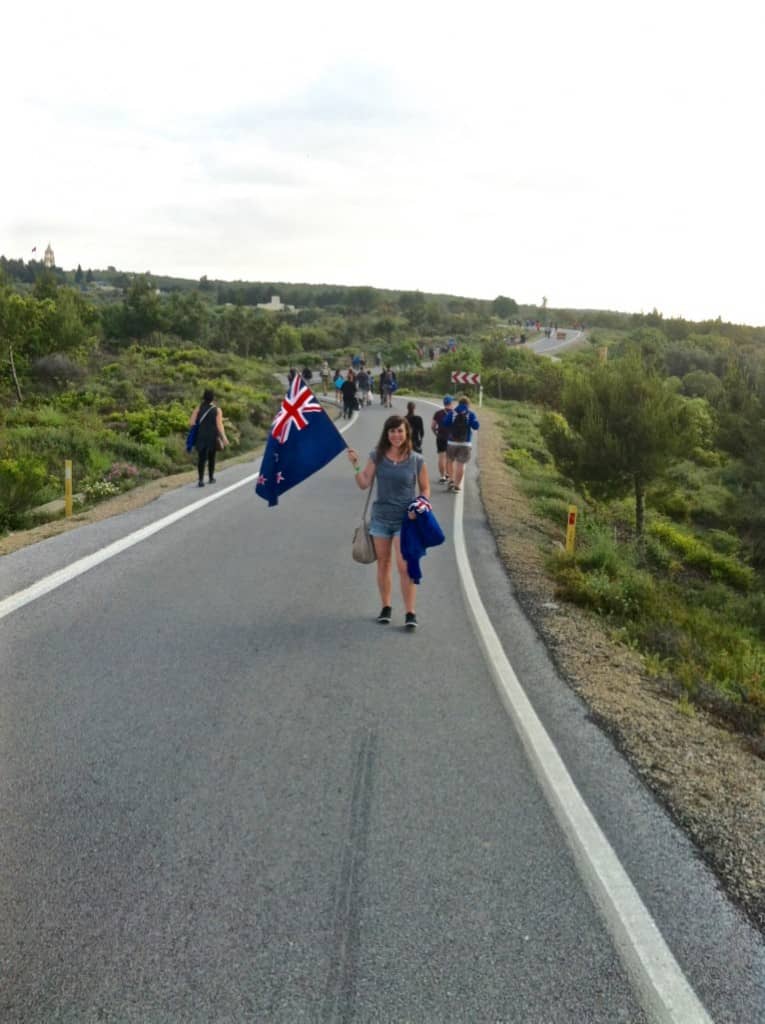
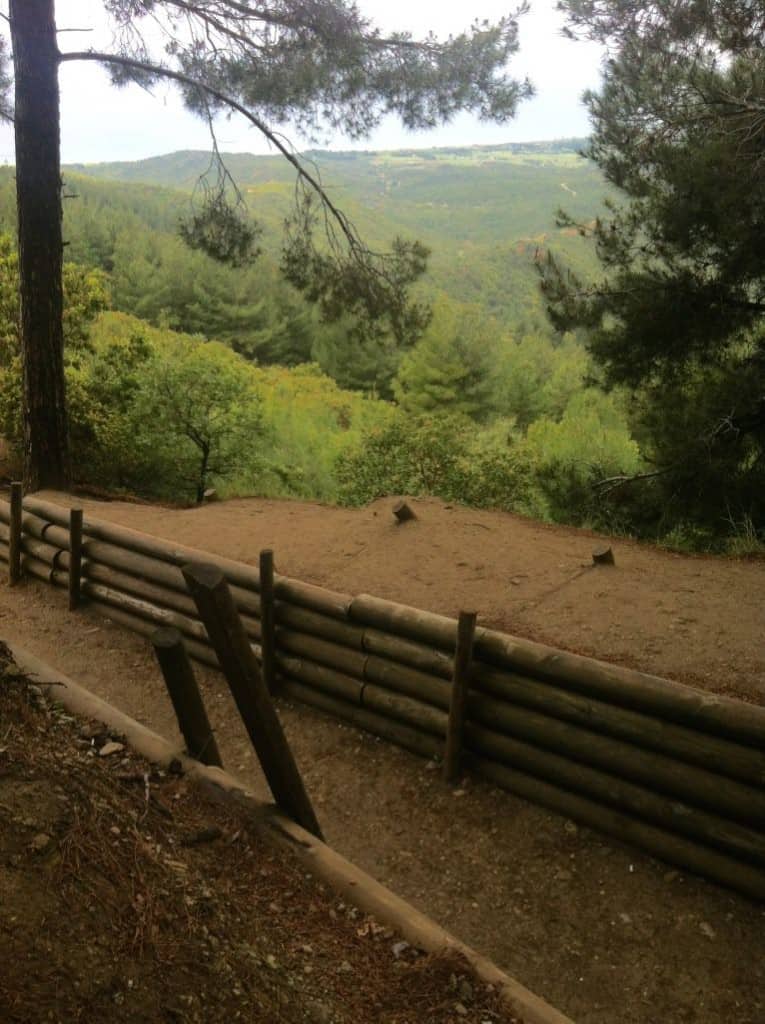
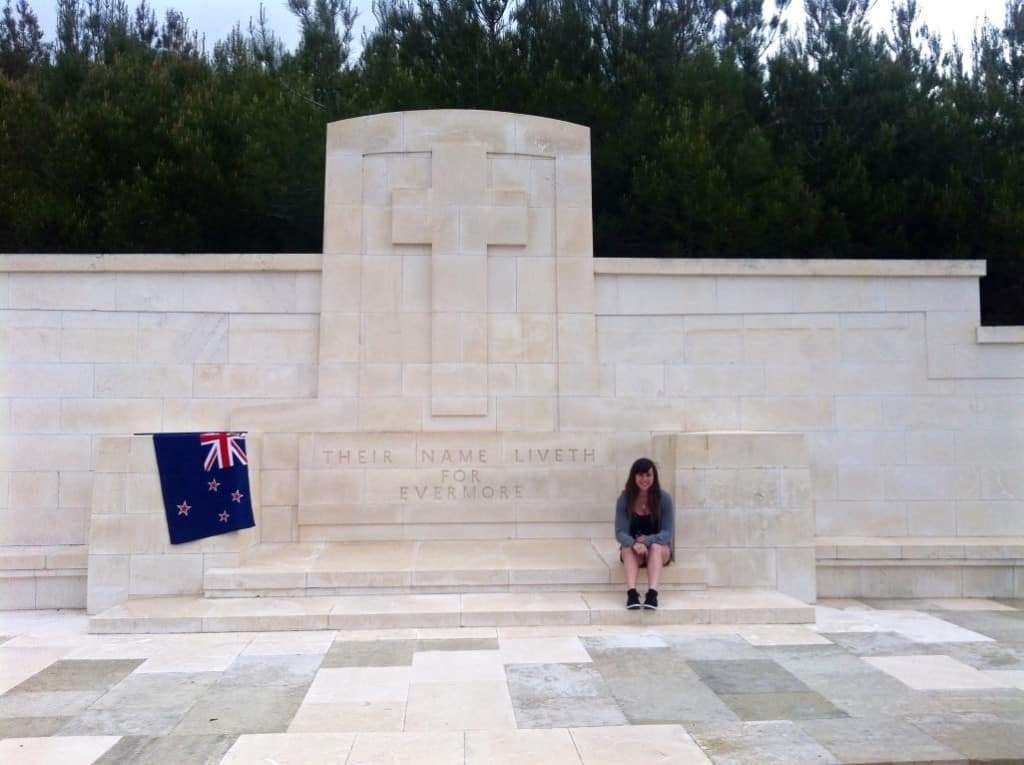
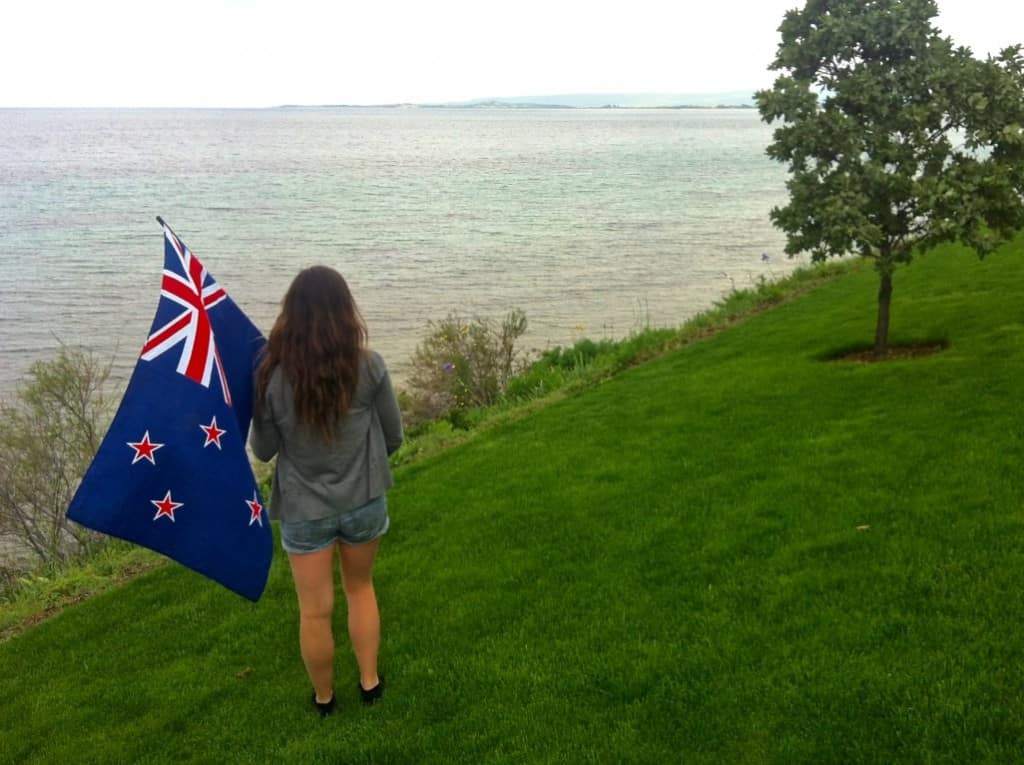
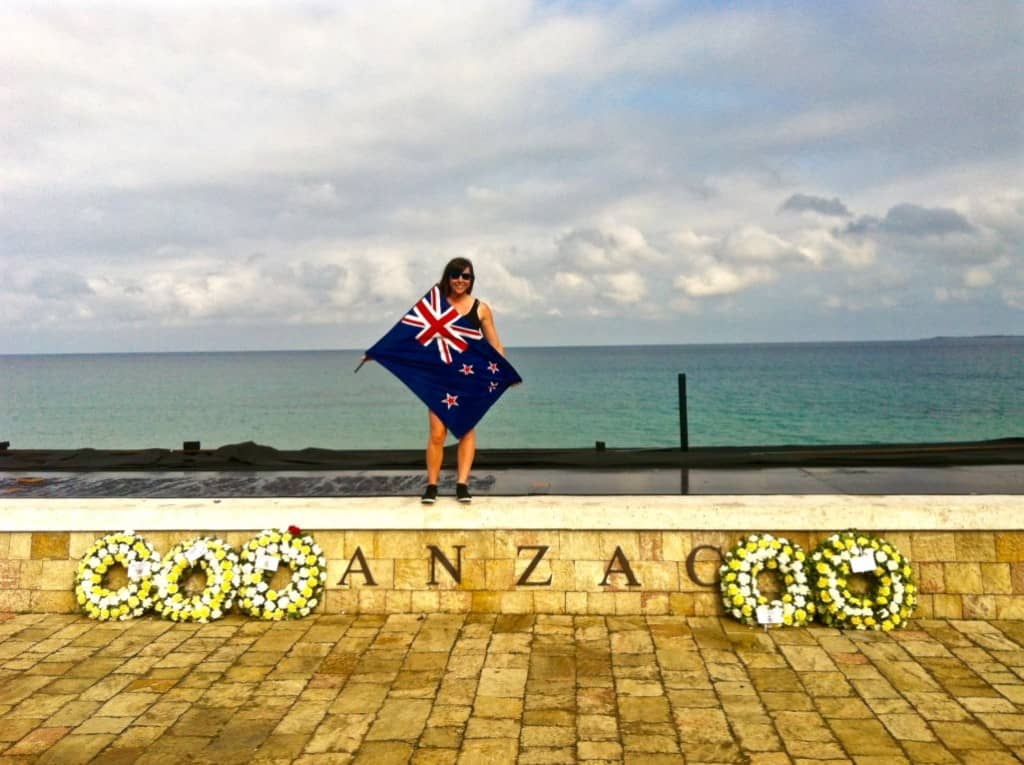
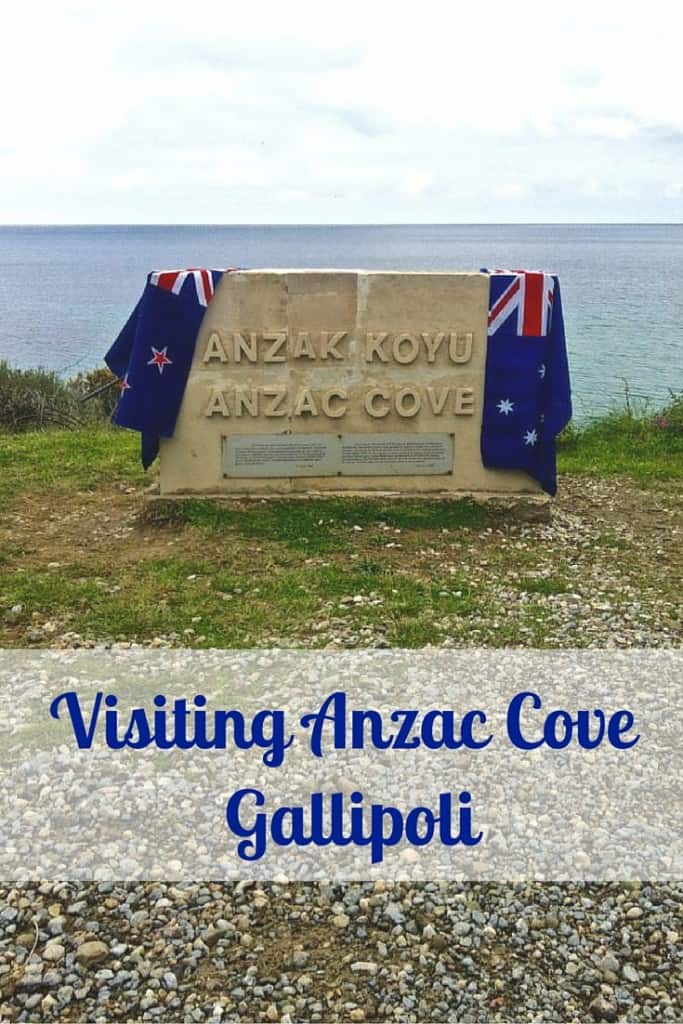
Hi Sonja. What a fantastic story this is, I’ve read about the Gallipoli campaign and seen the Mel Gibson movie. There was a David Jason TV movie about a lost battalion that showed what a mess this campaign was, the whole of the First World War was attrition and senseless waste of life. I’ll share this story on my Facebook page.
Thanks so much for your comments and sharing Graham. I’ll have to try and find the David Jason movie because I like to watch different things about it. I just watched a BBC program about the first battle of WWI at Mons made with the help of the written accounts of soldiers who were there if you are interested in that kind of thing.
As a Canadian, this is a part of history I’ve never heard of! Thanks for sharing. The end quote especially stirred my heart.
It’s interesting since Canada were also involved, although I suppose there were just so many battles it’s hard to really know them all unless you study it extensively. Like I said, I didn’t even know this level of detail until I went there, and it’s the event we use for commemoration!
Hi Sonja
Thanks for the extensive post on Gallipoli.
The first I heard of ANZAC and Gallipoli was a year ago on a cruise around Australia.
One of the enrichment talks was about the ANZAC involvement in the war and as you say their awakening to the fact that they have a significant part to play in world affairs.
Canadians have a similar remembrance of the war in Europe and for me a special interest in the Battle of Hong Kong in WWII.
I plan to visit Istanbul and Kusadasi in a few weeks by cruise ship. Looks like I will be sailing past the Gallipoli Peninsula on the way into and out of the Marmara Sea to reach Istanbul. Thanks to your post,I have just researched that.
Blog on!
Thanks Doug! It is rather extensive haha, but I couldn’t bear to cut it down to a shorter post. It’s interesting the different parts of wars that different countries concentrate on and take significance from. You’ll certainly see some of the bunkers etc on the shores of the peninsula, and keep an eye out for the “Sphinx” which is the rock formation at Anzac Cove. I’m glad I was able to help you a little with your trip!
Hi Sonja – as someone who has visited Gallipoli I echo your sentiments. I have a cousin buried (no known grave) there & recorded on panel 37 of the memorial. My regards to Gary & Yvonne
Thanks Peter! It is a very sobering place for sure.
Thanks Peter! It is a very sobering place for sure.